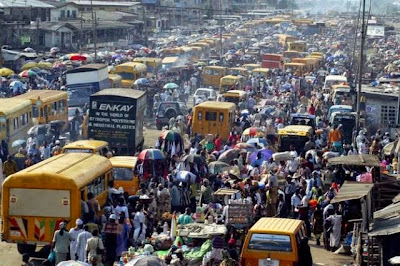
The diagnosis of the first case of Ebola in Lagos, Nigeria in July
last year set off alarm bells around the world. The fear was that it
would trigger an apocalyptic epidemic that would make the outbreaks in
Liberia, Sierra-Leone and Guinea, where 1322 cases were reported and 728 people had died within five months, pale in comparison.
This fear was very justifiable. Lagos has a population of over 21 million
with a population density in built up areas of about 20 000 people per
square kilometre. In some areas it is as high as 50 000 people per sq
km.
But within three months, the most densely populated country on the
continent had managed to contain the deadly virus with only eight
deaths. By October 20 the World Health Organisation declared Nigeria ebola free.
In stark contrast, fourteen months after the first case of ebola was declared in Liberia, the country is celebrating the announcement that it is ebola free.
A combination of factors enabled Nigeria to contain the virus in such
a short space of time. These included fast thinking on the part of
government, a tried and tested tracking system, pooled expertise and
assistance from national and international agencies.
The Killer Game Plan
The disease was brought into the country on July 20 by Patrick
Sawyer, a Liberian-American financial consultant. Sawyer initially
denied exposure to ebola. He was treated for presumed malaria after
suffering from a fever, vomiting and diarrhoea.
Sawyer died five days after his arrival. By then he had triggered a
line of exposure. By September, 20 people had been infected. Twelve of
whom were in Lagos state and eight in Rivers state. Seven more
subsequently died.
In the week that Sawyer was diagnosed, an emergency operation centre
was set up. At its core was the system Nigeria had developed for its war
against polio and lead poisoning. The deputy manager of the polio
campaign was brought in to head the Ebola response team and operations
were rapidly scaled up.
The success of the system lies in a strong coordinating team that
supervises house-to-house surveillance. A team of 40 trained
epidemiologists and 150 contact tracers was mobilised. They drew up a
list of all Sawyer’s contacts and those of the subsequent Ebola cases.
Locations were mapped and hot spots identified. Fifty teams of contact
tracers did house-to-house, in-person visits within a radius of each
Ebola contact. In total, they visited 26 000 households in Lagos and
Rivers States.
Aside from an initial case assessment, the team also managed the
data, infection alerts and rumours, and implemented community-based
surveillance.
Five other units backed up their work. These included strategy and
coordination, case management and infection control, social
mobilisation, laboratory services and points of entry.
The strategy team coordinated the activities of the ministries of
health and the international partners, dealt with the media and ensured
funding, administrative and logistic support. The social mobilisation
team worked on advocacy, dealing with issues of stigma, the
psychological and social well-being of contacts and the reintegration of
discharged patients into their communities.
